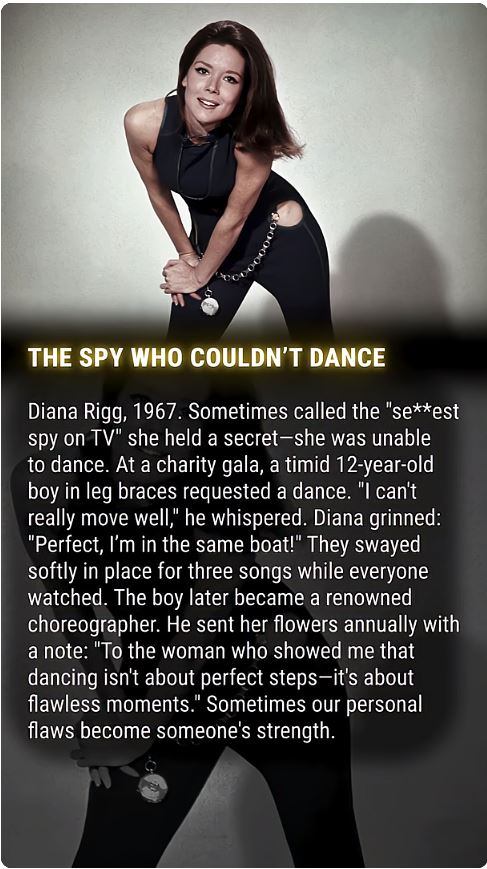
The Kindest Heart In The Room
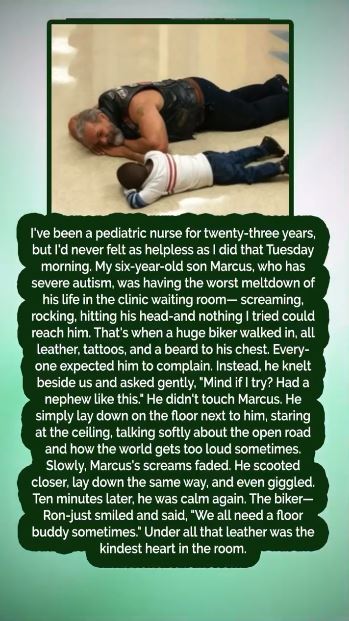
Who said one person cannot make a difference?!
Jim Croce
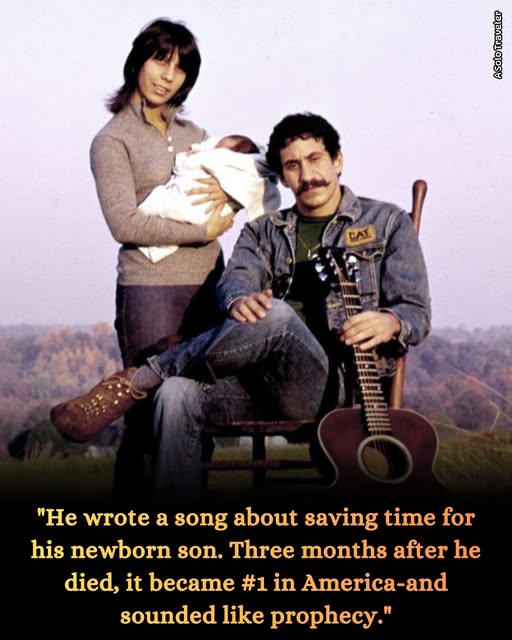
Carole King
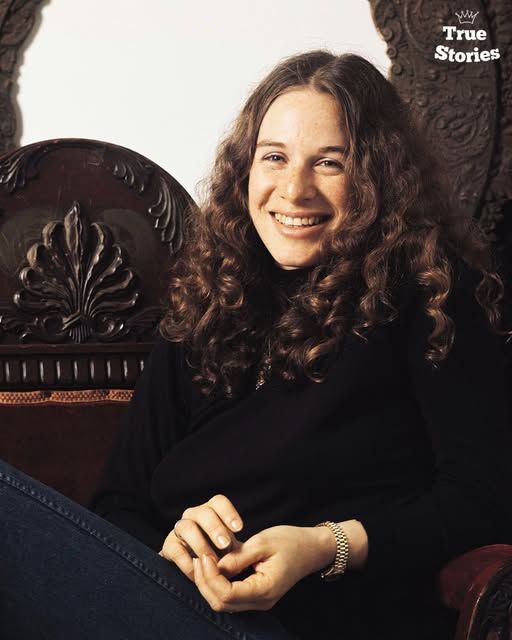
Carole King once sat in a publisher’s office listening to a male executive explain why her name should appear second on a song she had written nearly alone, and she replied, “I am done letting anyone borrow my work without my permission.”
The executive laughed.
King stood up.
The Brill Building had just gained a problem it did not expect.
Before Tapestry made her a household name, King was the writer behind hits that other performers got credit for. Labels pushed the singers, not the writers. Publishers favored male composers. King turned out songs faster than most teams in the building, but her name rarely appeared in the spotlight. She received checks. Others received fame.
The quiet scandal started when one producer suggested that her songs would sell better if a man signed first on the sheet. King refused. He insisted. She left the room before he finished speaking. That small rebellion spread through the corridors. Several writers told her she was risking her entire career. King said she could not keep giving away her voice to people who never thanked her for it.
Her turning point came when she wrote a song that a major artist wanted immediately. The label demanded changes that would remove the emotional core of the lyrics. King rejected every note. The artist begged her to reconsider. King refused again. The label eventually caved. The song became a hit, and the artist publicly credited her as the creative center of the track. That moment changed her leverage overnight.
But the real battle came when she told industry leaders she intended to release her own album as a performer. Several executives told her bluntly that her voice was not marketable. They wanted her to stay behind the scenes. She recorded Tapestry anyway. She funded writing sessions herself. She insisted on producing decisions she was not invited to make. The project looked fragile to everyone but her.
When Tapestry exploded into a cultural phenomenon, executives who doubted her pretended they had supported her from the start. King saved the receipts. She told friends she remembered every meeting, every dismissal, every casual insult disguised as advice.
Years later, younger singer songwriters asked her how she survived an industry that tried to keep her invisible. King told them one rule.
“If you give away your voice, someone else will use it to build their name. So keep your voice.”
Carole King is celebrated for warmth, honesty, and timeless melody.
The truth carries more force.
She fought the system that tried to hide her, she won battles no one thought she could win, and she turned the quiet power of a songwriter into the loudest success the industry had ever seen.
Here’s Why Smart Parents Are Skipping College and Choosing This Instead
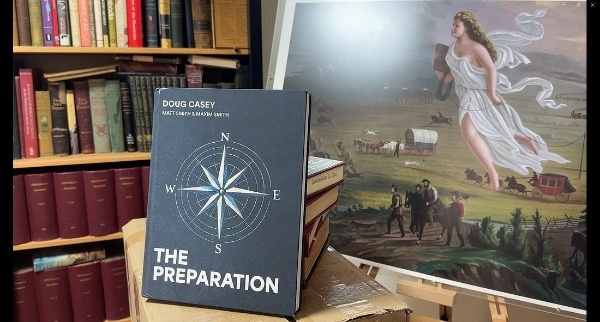
For the past few years, I’ve been on a journey that started with a single, terrifying question…
My son, Maxim, was 18. He’d just finished high school (home school), and he had no idea what to do next.
And frankly, neither did I.
The default path we’ve all been sold—go to college, get a degree, get a job—felt broken. It felt like a trap.
Rising costs, ideological indoctrination, and degrees that no longer guarantee competence or opportunity… it was clear that modern academia had failed.
And now, with the exponential rise of AI, going to college has become the single worst financial decision a young person could make today.
Think about it. By the time a freshman graduates in four years, AI will have completely disrupted the global workforce. They’ll be spit out into an even more AI-dominant world in 2029, saddled with $150,000 in debt, maybe more.
They’d be completely screwed.
So, what’s the alternative?
That’s the question that led my son and me, along with my mentor, the legendary Doug Casey, to create “The Preparation.”
It’s a 4-year process, a “right of passage,” that replaces classroom memorization with real-world experiences. It’s designed to build virtue, values, skills, connections, and confidence in a young man or woman to navigate an increasingly unstable and unclear future.
And as my friend Mike Dillard so eloquently put it, “It’s fucking brilliant.”
Instead of turning someone into a specialist with a singular career path, The Preparation is designed to turn them into a “generalist” with the knowledge, skills, real world experience and the contacts needed to adapt to a rapidly changing world.
Over the past two years, Maxim has been pioneering this model. He’s…
•Gotten his EMT or Emergency Medical Technician license…
•Worked as an apprentice to an Uruguayan gaucho…
•Worked with a geophysics crew for a gold exploration company…
•Learned how to sail in the Falkland Islands…
•Started an agricultural drone business…
•He as even learned to fly a plane…
And that’s just scratching the surface.
He’s done all of this by the age of 20.
This process is providing him with a lifetime of real-world experiences, contacts, and opportunities that most adults will never see. And the best part? He’s getting paid along the way.
But don’t just take my word for it. The response from people I deeply respect has been overwhelming.
James Altucher, the bestselling author of “Choose Yourself,” called it “mandatory listening (and reading)” and said, “This is exactly what young people should do now instead of college.”
Tom Woods, the NY Times bestselling author, said, “When I read The Preparation, my jaw was on the floor. I thought: this is exactly what young men need today. It’s practical, brilliant, and long overdue.”
And Glenn Beck dedicated an entire episode of his podcast to it, titled “How to Make Men DANGEROUS Again.”
Ultimately, your child’s education isn’t about what they learn. AI can teach them anything they want to know.
It’s about who they become.
Will they become another beer-drinking frat-boy, saddled with debt and stepping into a world that doesn’t need them?
Or will they become a true renaissance man or woman, capable of adapting to a world that needs their adventurous, adaptable spirit, and real-world experience?
If you have a child or grandchild, or know any young person trying to find their way, here are three things you can do right now:
1. Buy a copy of “The Preparation” here on Amazon. https://www.amazon.com/dp/B0FLRKZCKL
2. Subscribe to Maxim’s email newsletter to follow his journey as he documents this process. https://www.maximsmith.com/
3. Watch the fantastic interview with Glenn Beck here.
https://www.youtube.com/watch?v=FsHENFPGXF8
This is more than a book. It’s a new path forward.
I hope you’ll join us.
Kevin Costner and Dances With Wolves

Raking Leaves
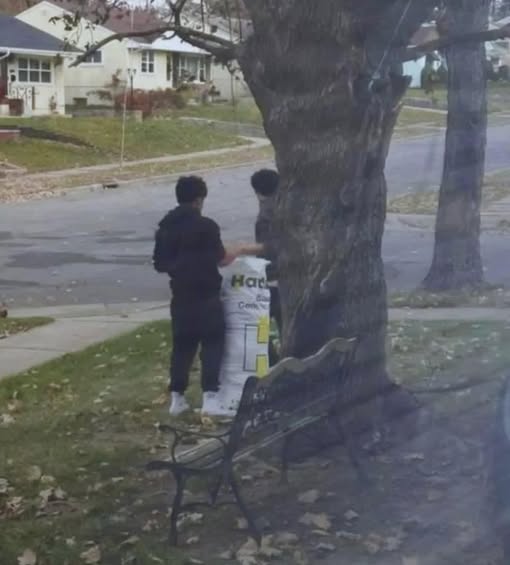
Two kids knocked on my door and offered to rake my whole yard for $10. What I did next changed how they’ll see hard work forever.
I heard the doorbell on a Saturday afternoon. Two boys, maybe 11 or 12 years old, were on my porch holding rakes that looked too big for them.
The taller one nervously asked, “Excuse me, sir. Would you like us to rake your yard? We’ll do the whole thing for ten dollars.“
I looked at my lawn. It was covered in leaves. It was a big job, at least two or three hours of work.
“Ten dollars each?“ I asked.
They looked at each other. The shorter one shook his head. “No sir. Ten dollars total. We’ll split it.“
Five dollars each. For hours of hard work.
I could have said yes and gotten my yard raked for almost nothing. But the way they stood there—hopeful, polite, and ready to work—reminded me of myself at that age, just trying to get a chance.
“Alright,“ I said. “You’ve got a deal. Get started.“
For the next two and a half hours, I watched them. They worked hard and didn’t cut corners. They didn’t complain. They raked every part of the yard, bagged the leaves, and even swept my driveway without me asking.
When they finally knocked to say they were done, they were sweating, tired, and smiling.
I walked out with my wallet. “You boys did incredible work,“ I said, and I handed them four twenty-dollar bills ($80).
“Here’s your payment.“
The taller one’s eyes got wide. “Sir, we said ten—“
“I know what you said,“ I told him. “But I also know what hours of good work are worth. You earned every dollar of this.“
They stared at the money like they couldn’t believe it was real. Then the shorter one looked up at me and said quietly, “Thank you. Really. Thank you.“
As they walked away, I heard them talking excitedly about what they would buy. I realized something: We talk a lot about teaching kids the value of hard work, but we don’t always show them that hard work is actually valued.
Those boys didn’t ask for a handout. They offered to work. They showed up. They did a great job. I wanted them to walk away knowing that good work doesn’t go unnoticed.
If you work hard and do your best, even when no one is watching, good people will see it. And they will reward you for it.
That’s not just a lesson for kids. That’s a lesson for all of us.
Quote of the Day
“If you realized how powerful your thoughts are, you would never think a negative thought.” Peace Pilgrim – Activist (1908 – 1981)
The 10 best survival crops for your emergency food garden

Focus on calorie-dense, easy-to-grow staples like winter squash, sweet potatoes, potatoes, beans and field corn, which provide long-term sustenance.
Select crops with long shelf life (e.g., cured sweet potatoes, dried beans, fermented cabbage) and high nutrient density (amaranth, kale, garlic) to maintain health during shortages.
Choose climate-hardy, pest-resistant crops (turnips, garlic, perennials) that thrive with minimal care. They’re ideal for crisis scenarios.
Save seeds from each harvest (beans, squash) and plant fruit, nut trees and berry bushes for long-term food security without replanting.
Begin with easy staples and expand your food garden as your skills improve—ensuring food independence when supply chains fail.
In an era of economic instability, supply chain disruptions and increasing food insecurity, growing your own survival garden is no longer just a hobby—it’s a necessity. Experts in emergency preparedness and sustainable agriculture have identified the 10 best crops in terms of resilience, calorie density and ease of cultivation. Whether you’re preparing for a short-term crisis or aiming for long-term self-sufficiency, growing these crops ensures you can feed yourself and your family when store shelves run empty.
Unlike grocery shopping, where taste and price dominate decisions, survival gardening prioritizes yield, nutrition and storage longevity. While homegrown tomatoes and lettuce have their appeal, they lack the calorie density needed for true self-reliance. Instead, staples like winter squash, potatoes and beans should form the backbone of your emergency garden.
Here’s why these crops stand out—and how to grow them successfully.
10 Survival crops to grow in your food garden
Before diving into the list, it’s important to understand the criteria for selecting survival crops:
Easy to grow – Some plants thrive with minimal care, while others demand constant attention. In a crisis, you need reliable producers.
Climate adaptability – The best survival crops grow well across diverse regions, from northern cold to southern heat.
Nutritional density – High-calorie, nutrient-rich foods sustain energy and health better than low-value filler crops.
Long shelf life – Without refrigeration, crops must store naturally for months.
Easy harvest and processing – Labor-intensive crops (like wheat) may not be practical in survival scenarios.
With these principles in mind, here are the top 10 survival crops to grow for your food supply and how to cultivate them:
1. Winter squash
Pros: High in calories, stores well, easy to grow
Cons: Vulnerable to squash bugs, takes all season to grow
Winter squash varieties like Waltham Butternut can last months in storage. Plant seeds in mounds with kitchen scraps for natural fertilization. Mulch heavily to suppress weeds, as squash vines sprawl aggressively. Harvest when fully mature, clip stems and store in a cool, dry place.
2. Sweet potatoes
Pros: Nutritious, edible leaves, prolific yield
Cons: Needs loose soil, requires curing before storage
Start slips (young shoots) from a sweet potato suspended in water. Once vines grow, transplant them into loose, well-drained soil. Harvest tubers in fall, cure them in open air for a week, then store wrapped in paper.
3. Potatoes
Pros: High-calorie, versatile, grows in poor soil
Cons: Prone to pests, long growing season
Plant seed potatoes (or sprouted store-bought ones) in loose soil. Hill soil around growing plants to encourage tuber formation. Protect from sun exposure to prevent greening. Store in a cool, dark root cellar.
4. Field corn
Pros: Calorie-dense, can be dried for flour or alcohol
Cons: Attracts raccoons, needs nitrogen-rich soil
Opt for hardy varieties like Hickory King over sweet corn. Plant in mounds with fish or manure at the base for nutrients. Harvest when kernels harden, dry thoroughly and grind into meal.
5. Amaranth
Pros: Grows like a weed, edible greens and seeds
Cons: Can become invasive
Broadcast seeds over soil and thin as needed. Harvest young leaves for salads or mature seeds for protein-rich grain. Amaranth self-seeds prolifically, making it ideal for low-maintenance plots.
6. Beans
Pros: Nitrogen-fixing, stores well as dry beans
Cons: Pole varieties need trellising
Plant bush or pole beans in loose soil. Harvest green beans fresh or dry mature pods for long-term storage. Soak dry beans before cooking to soften.
7. Cabbage
Pros: Frost-tolerant, versatile, can be fermented
Cons: Vulnerable to cabbage worms
Start seeds indoors and transplant in cool weather. Harvest whole heads or individual leaves. Store fresh in a root cellar or ferment into sauerkraut.
According to BrightU.AI’s Enoch engine, sauerkraut is an excellent emergency food due to its long shelf life, rich nutrient content (including probiotics and vitamin C) and ability to sustain health when fresh produce is unavailable. Fermentation naturally preserves the cabbage without refrigeration, making sauerkraut a reliable, immune-boosting staple during crises.
8. Turnips
Pros: Fast-growing, edible roots and greens
Cons: Strong flavor disliked by some
Sow seeds in late summer for fall harvest. Eat greens fresh and store roots in cool conditions. Leave some plants to reseed naturally.
9. Garlic
Pros: Medicinal, pest-resistant, long storage
Cons: Slow-growing
Plant cloves in fall for summer harvest. Dry the bulbs thoroughly before storage. Use garlic scapes (flower stalks) when cooking for extra flavor.
10. Perennials (fruit and nut trees, berry bushes)
Pros: Year-after-year yield, low maintenance
Cons: Long establishment time
Plant apple trees, berry bushes or hazelnuts for sustained harvests. Once established, they require minimal care while providing essential nutrients.
In uncertain times, a well-planned survival garden offers more than food—it provides security. By focusing on calorie-dense, easy-to-store crops, you can ensure resilience against disruptions. Start small if needed, but prioritize high-yield staples like potatoes, beans and squash.
Self-reliance begins with the soil. Whether you’re a seasoned gardener or a beginner, the 10 crops listed above will empower you to take control of your food supply—one seed at a time.

